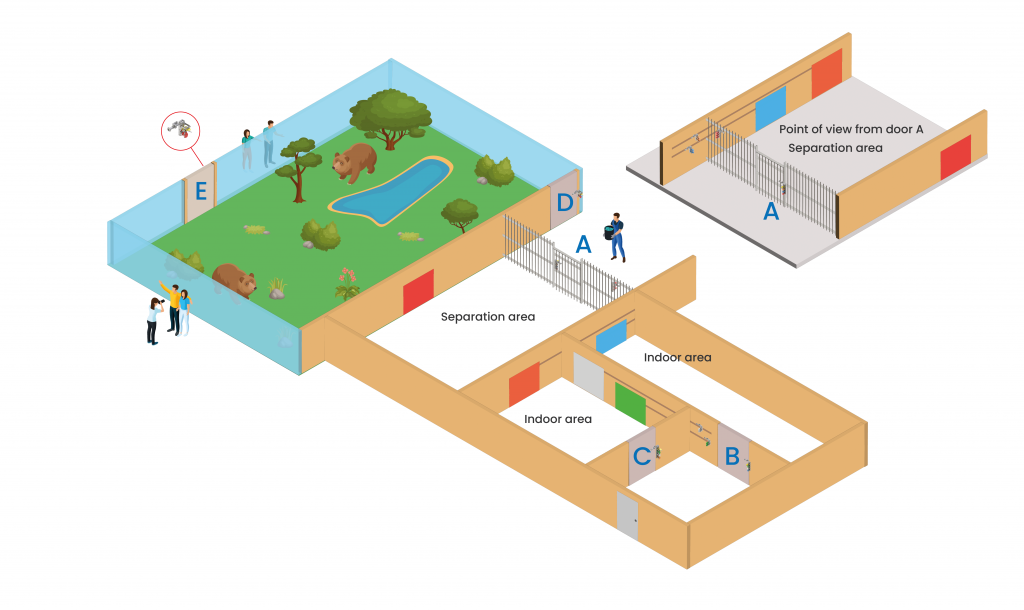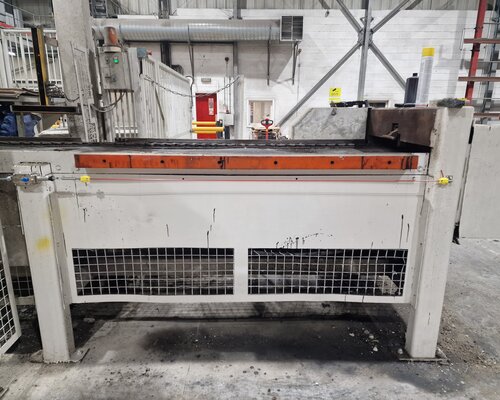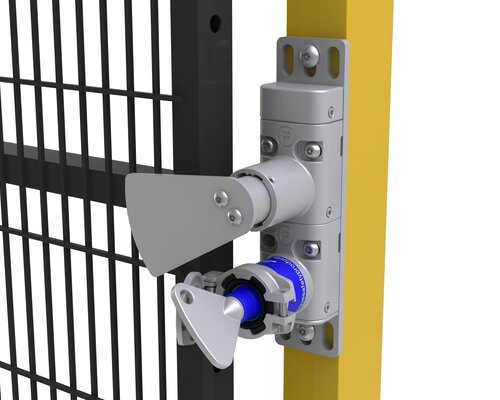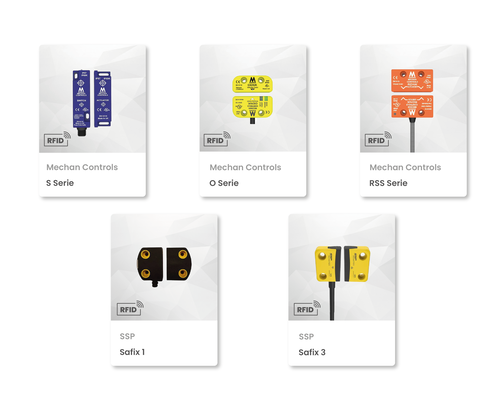Photo: DierenPark Amersfoort
Safety in the workplace is always paramount, especially in industrial environments where machinery and equipment can be potentially dangerous. One of the methods used to ensure this safety is the use of Trapped Key Interlock (TKI) systems. These systems are designed to ensure that machines and processes can only be started and operated under safe conditions. A crucial part of TKI systems are the safety keys. Let's take a look at their importance and function.
What are Trapped Key Interlock Systems?
Before we delve deeper into the importance of security keys, let's briefly discuss what exactly Trapped Key Interlock (TKI) systems are. TKI systems are mechanical security systems used to ensure the operational safety of machines and processes. They work by creating a series of physical interlocks that ensure that certain operations can only be performed in a predetermined order. For example, this prevents a machine from being started while maintenance personnel are still within the hazardous area.
Safety keys are essential for the proper functioning of Trapped Key Interlock systems. These keys are physical objects used to activate and deactivate the system's locks. Each key is assigned to a specific action or position within the system, and only the right key can unlock the next step in the process. This ensures strict control over who has access to which parts of the equipment or process.
Importance of Safety Keys
- Security: The main purpose of safety keys is, of course, to ensure safety in the workplace. By ensuring that only authorised personnel have access to certain parts of machines or processes, the risk of accidents is significantly reduced.
- Compliance: Many industries face strict workplace safety regulations. Using Trapped Key Interlock systems with safety keys can help comply with these regulations and avoid potential fines or legal problems.
- Accountability: Assigning each individual a specific safety key creates a system of accountability. This means it is easier to track who is responsible for certain actions or operations within the system.
- Theft prevention: In some cases, machines or processes may contain valuable raw materials or products. Safety keys help prevent theft by preventing unauthorised access to these valuable resources.
Safety keys play a vital role in ensuring the effectiveness and reliability of Trapped Key Interlock systems. The use of these keys not only improves workplace security, but also ensures compliance with regulations, creates accountability and prevents theft. It is therefore crucial that organisations working with TKI systems ensure that their security keys are properly managed and maintained.
Application example
Besides securing machines, Trapped Key Interlock systems can also prevent outbreaks in a zoo!
An example is our collaboration with Dierenpark Amersfoort where we secured their bear enclosure.

How does this application work?
Doors and shutters are equipped with mechanical locks. Unlocking a door requires the keys located in the latches of hatches adjacent to the same room. A key is released from the latch of a hatch only when that hatch is closed. That hatch can only be opened after the key is placed back in the latch.
Imagine you are standing in front of door A and want to enter the separation room. You want to prevent someone else from opening the hatch to the separation room while you are there, as this could compromise safety through possible contact with the spectacled bears.
To open door A safely, you will need the keys from the hatches coloured red, orange and blue. These shutters must be closed to release the keys. Then, all these keys must be inserted into the switch on door A to unlock the door.
As long as door A is open, the keys remain stuck in the latch on the door. As a result, the keys are missing in the latches on the shutters and cannot be opened. This system ensures that either the door can be opened or the shutters. Both cannot be opened at the same time.
Interested in Trapped Key Interlock systems? Check out our range from Fortress.




